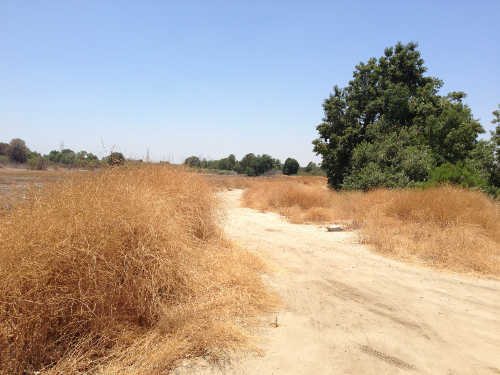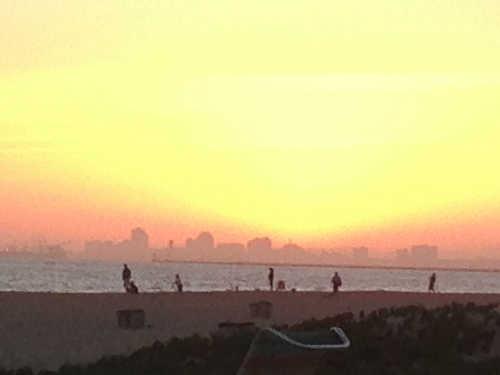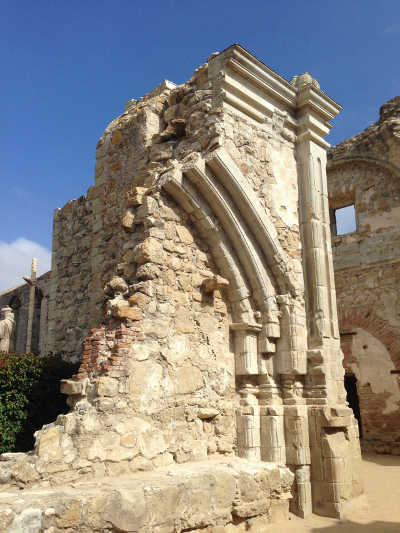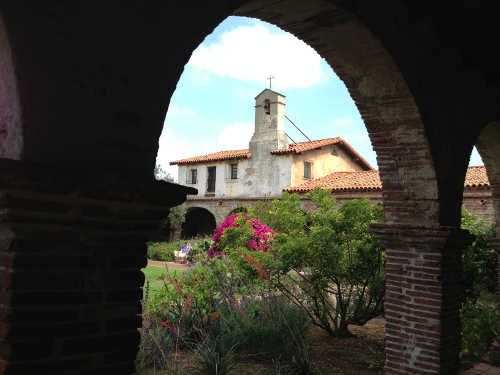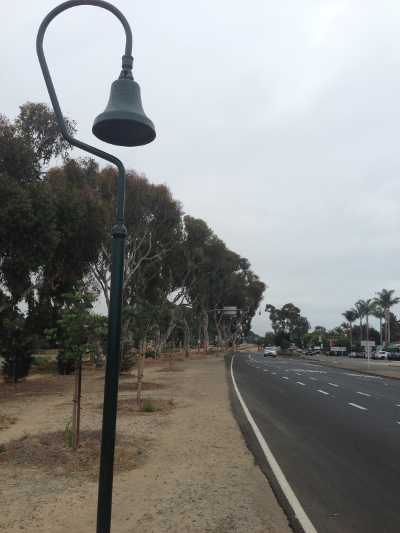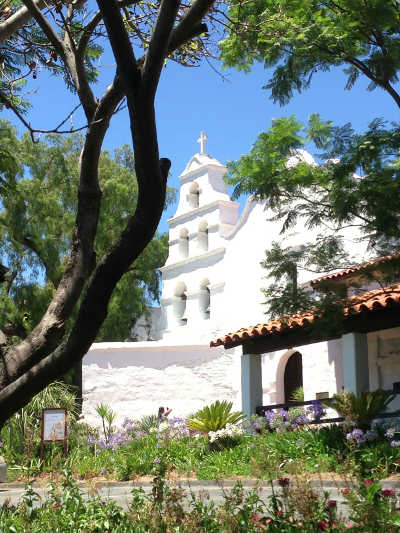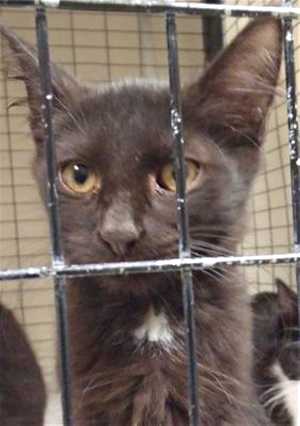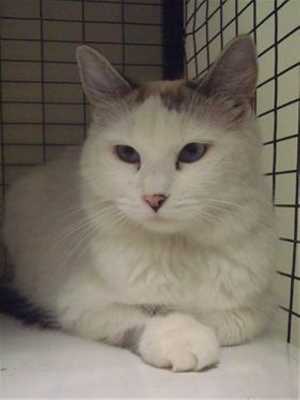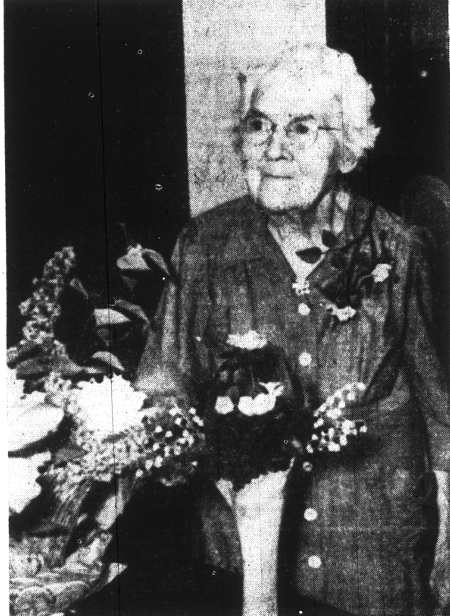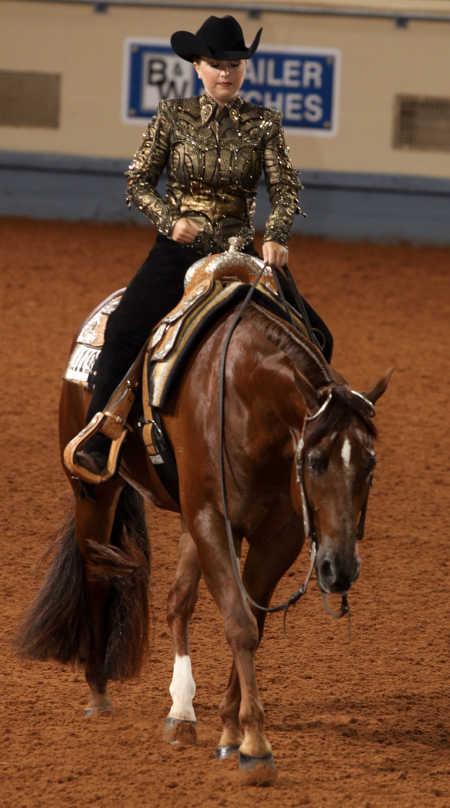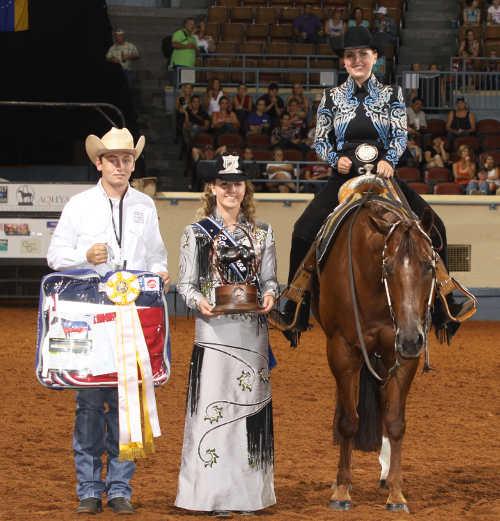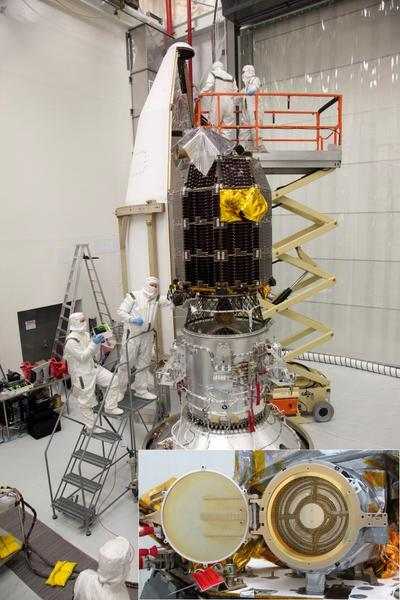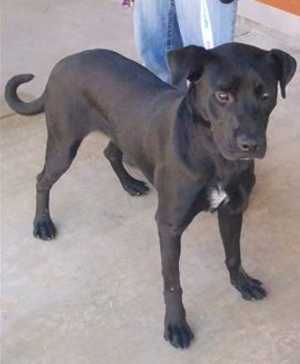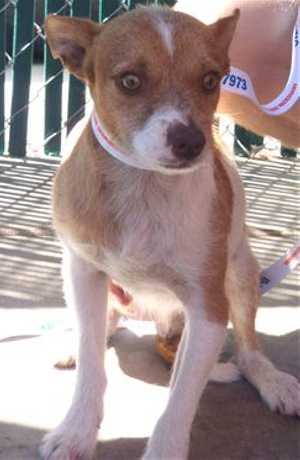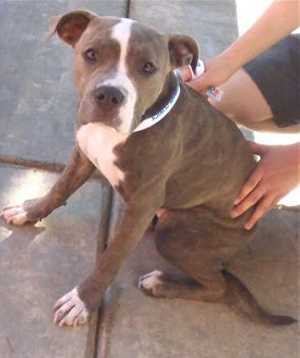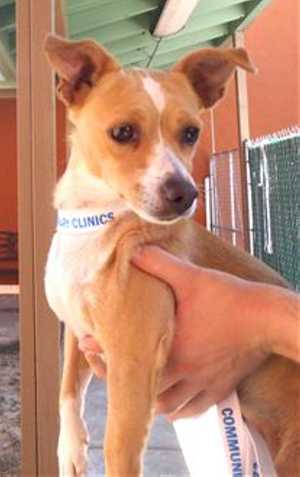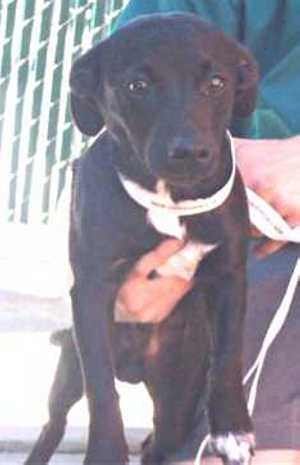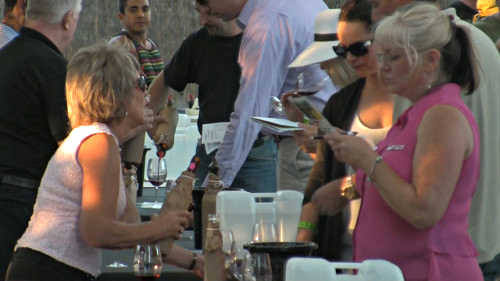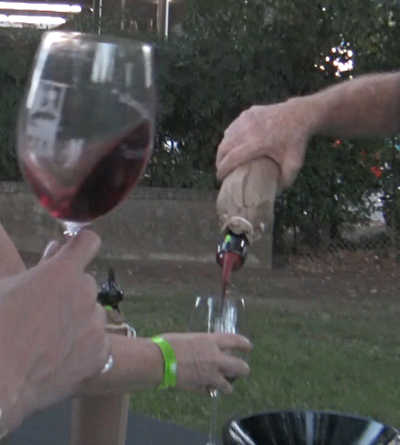- Lake County News reports
- Posted On
Clearlake man walks 800 miles along California Missions route
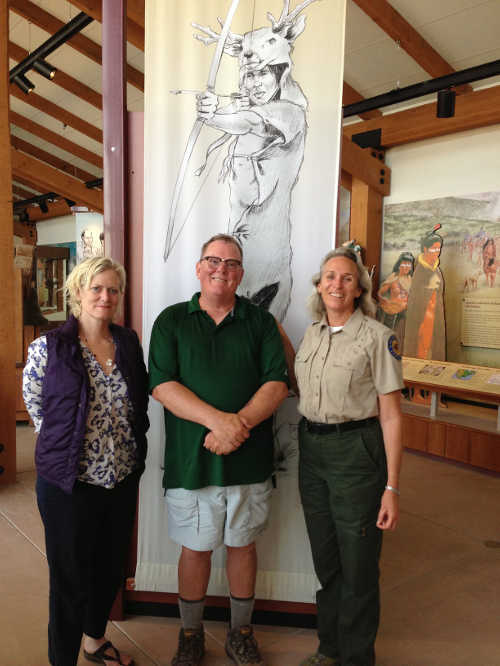
CLEARLAKE, Calif. – Clearlake resident Bill Morgan took a different kind of vacation this year.
Instead of packing a suitcase and heading for the Mendocino Coast, Las Vegas or some other destination that comes to mind for a sexagenarian, the 62-year-old Morgan took a trip that would make most 20-somethings cringe: An 800-mile walk from Sonoma to San Diego along El Camino Real while visiting the California Missions.
Starting from Mission San Francisco de Solano in Sonoma in mid May, Morgan made it to Mission San Diego de Alcalá in 47 days, averaging 16 miles per day.
His path took him to 17 of the 21 old missions, following as closely as possible the same path trod by the Franciscan missionaries who founded the missions starting in 1769, seven years before the United States of America revolted against Great Britain.
“There aren’t many places where the original trail still exists,” said Morgan, “having been paved over by highways, freeways and streets in the past 244 years.”
Much of the original “King’s Highway” lies under or near Highway 101.
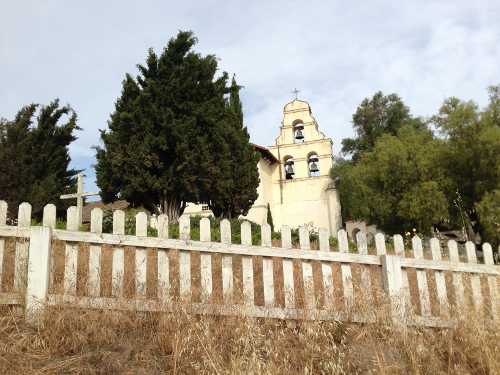
The story is that El Camino Real was originally a series of Indian paths. After the Americans came it was renamed Stagecoach Road, then in 1915 it was paved with concrete and named Highway 101.
There also are dozens of roads and streets named El Camino Real in cities up and down the state.
When asked how he could tell where the original road lay, Morgan explained that when lacking in historical sources he would follow the same pathfinding rules that were used by the missionaries and the soldiers who accompanied them: Follow the most level route close to water.
“The missionaries had to stay close to water sources,” Morgan explained, “to be sure of water for drinking and cooking and forage for their animals. You have to remember they were carrying tons of supplies with them: Seeds and vine cuttings, resin for incense, tools for building the missions and growing the crops and making wine. There would have been dozens of pack animals and herds of cattle and horses for the military escorts.”
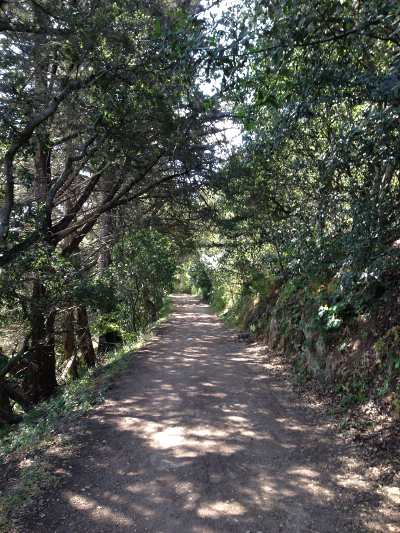
Morgan, a California native who has lived in Clearlake for 11 years, says the idea for what he calls “The Walk” popped into his mind in early January and was a nearly complete concept within minutes.
“I’m retired,” he said, “and was trying to think of a way to get in shape, lose weight and do something challenging to show that I’m not done with life yet.”
He had always wanted to hike the Pacific Crest Trail or the Appalachian Trail, but recognized he was in no condition for that sort of effort.
“The idea was that I would be walking through urban or suburban areas for the most part, so I didn’t need to carry a month’s worth of food,” he said. “If I got hungry I figured I could eat at Denny’s and if I got tired I could stop at a Motel 6.”
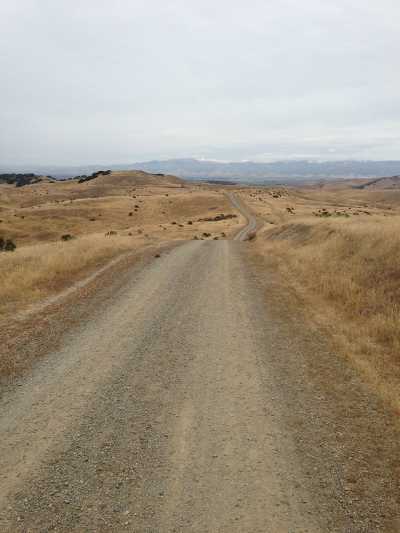
In reality, Morgan found that a huge amount of California still looks much like it did when the missions were being established.
“I sometimes walked for hours without seeing a store or even another human being,” he said.
In his planning for the trip, Morgan was surprised and inspired by reactions from people he told about he trip. From the management at Lake Naciemento Resort to California Highway Patrol Area commanders to the sergeant major at Camp Pendleton Marine Base, people have been unfailingly helpful and supportive.
There also is a small community of self-titled peregrinos, or pilgrims, who have made the journey, and who offer help and advice to those making the trip.
There is hope that the El Camino Real may someday become the American equivalent of the Camino de Santiago, a pilgrimage route in northern Spain. Many of the dozen or so people who have completed the El Camino Real had also walked the Camino de Santiago.
“I’m not a religious person,” Morgan said, “but some of the experiences I had on the trip made me think that something was watching over me.”
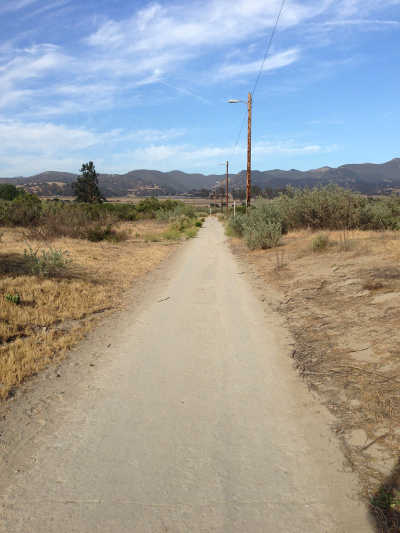
He told of all the times strangers came to his aid, from the chemical engineer who saved the day in San Francisco, to the skateboarder in Los Gatos who seemingly appeared from nowhere and provided the encouragement Morgan needed to complete the day’s walk, to the 80-something lady who thought to herself, “That old man shouldn’t be walking in this heat” and gave him sanctuary at her RV group’s campsite.
A couple from the San Gabriel Valley whom Morgan has known for 40 years took the day off on their wedding anniversary and drove all the way to King City in southern Monterey County to surprise him with a picnic lunch.
Arriving at La Purisima Mission in Lompoc, Morgan was greeted by a State Parks ranger who inquired, “Are you Bill?” It turned out her girlfriend had been following Morgan’s blog of the journey on Facebook, https://www.facebook.com/pages/Bills-Camino-Real/548421088530757?ref=hl .
“Everywhere I went” Morgan said, “I was astonished at how well people treated me. Crossing an intersection with a pack on your back draws smiles from the drivers stopped at the lights. Truck and bus drivers pulled over to give me space and always returned my waves. On several occasions I was treated to a room upgrade by friendly hoteliers, in one case to a penthouse suite overlooking Doheny Beach.”
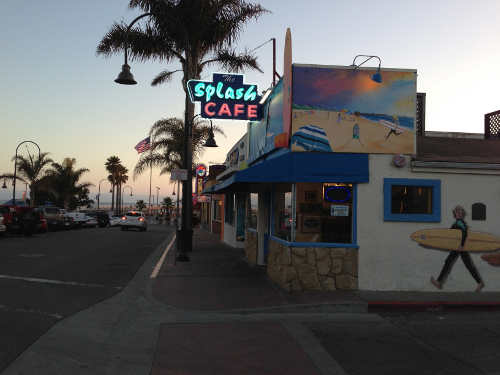
Delays caused by minor injuries combined with unusually hot weather in May and June caused Morgan to bypass two stretches of the route, but he plans to return this fall and complete the journey.
“When I walked into Fort Hunter Liggett on June 1st,” Morgan relates, “the thermometer at the main gate was reading 108° F.” That was at the end of a 24-mile uphill walk.
Ironically, the worst injury he incurred on the trip resulted from tripping while walking down a flight of stairs. He badly strained his back and, after covering 10 miles the next day had to pack it in for the next three.
And of course there were the blisters. “I had blisters on top of blisters,” Morgan laughed. “Two friends drove down from Clearlake to meet me in Pismo Beach and were aghast when they saw the bottoms of my feet. I enlisted their help to cut away the dead skin and spent three days walking barefoot on the beach.”
Morgan told his friends that, after the first hour or two of walking his feet got numb and didn’t hurt anymore.
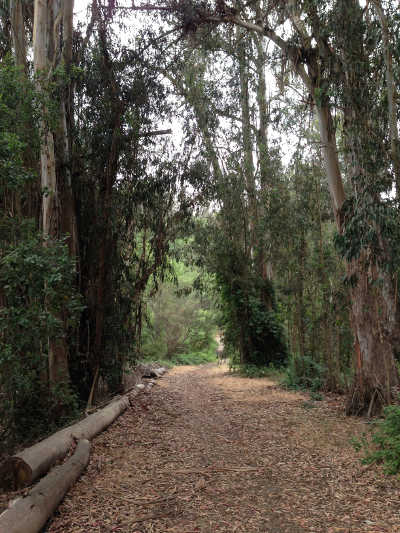
“That really wasn’t true,” he said with a smile. “You just get to the point where the pain isn’t that important anymore and you focus on other things. I was trying to make them feel better!”
Asked why he decided to undertake such a journey, Morgan deadpans, “Well, there was nothing good on television that week,” then waits for the reaction.
Most people, he said, seem satisfied with that.
